beyond PODS, networks, and nodes:
BAU552 Chengbei Urban Design project, Nanjing
Nanjing City, Jiangsu Province, China
Discipline
PlanningTypology
Urban planning and designCity
Nanjing City, Jiangsu Province, ChinaDate
2014-2015Status
Competition winner. Control planning stage.Client
Gaochun Planning BureauProgram
New urban district for 110,000pbeyond PODS, networks, and nodes
location
Gaochun Town is 40km from Nanjing, situated between two significant lakes. With the past two decades of exponential growth in Nanjing, and with the construction of freeway and rail connections to Gaochun, the town is under pressure to expand and develop. Industrial and service industries are moving to Gaochun Town, and tourism is thriving in the beautiful Gaochun county. The current town population of 120,000 is forecast to increase to 290,000 by 2030.
In 2014 BAU were invited to plan ten square kilometers of new city to the north of the existing town. To the east of the site is the new light industry zone, to the west is farmland, and to the north is planned further urbanisation.
not an empty canvas
Starting from a detailed analysis of the existing conditions, this urban design proposal includes existing rivers, creeks, canals, and villages. These found objects are linked together in a preservation network and encouraged to disturb the more generic networks city.
PODs, networks, and nodes.
Chengbei is BAU’s twenty third network city proposal, a network city which provides Pedestrian Oriented Districts (POD’s) as the building blocks of a city designed for people. The PODs are based on a five-minute walk to public transport and therefore cover an area of approximately 800m x 800m.
Through traffic and residential development exists on the perimeter of this POD, while local public transport and retail and commercial activity are focused in the centre of the POD. This simple system runs in both the north-south and the east-west directions within the POD and their intersection generates a rich, flexible, complex, yet predictable zoning proposition.
ideas larger than PODs, networks and nodes
1.) Water Woven City (WWC)
The site contains a substantial amount of existing waterways. Rather than push these waterways into underground infrastructure, BAU sees them as a major network of significant public open space to be woven into the fabric of the city. They provide urban spaces of high-quality public recreational amenity, vital ecological networks, increase land values and, when associated with retail and commercial activity, are very good for business.
2.) Old Southbank Town (OST)
The existing villages of these areas have a spatial texture and grain size that is unique and not offered in new city programs today. Maintaining and re-cycling these unique places not only provides historical continuity in the new city, it also provides special places and spaces that attract programs and activities that are often neglected by contemporary city pragmatics.
3.) Creative Southbank Sponge (CSS)
Learning from Old Southbank Town, BAU has suggested a new urban fabric which runs along the Lu Xi river between the Old River Town Xue Cheng and the Xi Gu river to the east. This new fabric is small grain, low-rise, high density (just like OST), but it is also more regular and rational in its arrangement (just like the networks city).
4.) Northbank Community Park (NCP)
Located on the north bank of the Luxi River (and therefore catching all the southern sun) this high amenity major public space contains the city’s primary economic, social, and cultural institutions. Seen as a series of sculptural objects sitting in a contemporary landscape, this sunny riverside public open space provides a contrasting spatial texture to the rest of the networks city. Maintaining much of the existing pattern of aquaculture ponds on the site results in a unique water landscape for the new districts.
5.) a cluster of Communities
By responding to specifics of their contexts, each of the PODs will be developed in ways to differentiate themselves from the other PODs. This will generate a cluster of communities each with a specific sense of place. The PODs easily break into smaller community structures such as neighbourhoods (400m x 400m), and mosaics of sub-culture (200m x 200m), which should also explore their individuality to further assist in making spaces and places of difference.
6.) Great Western Promenade (GWP) and Great Eastern Promenade (GEP)
Two major commercial promenades run north-south, each linking three PODs and crossing the Luxi River. While both promenades provide a diversity of retail and commercial programs, The Great Western Promenade has an emphasis on social and festive services while the Great Eastern Promenade has an emphasis on commercial and retail market places.
7.) Little River Town (LRT)
North of the Luxi River and running east-west along the existing small canal is another important high amenity commercial and retail water focused space. Running from the Great Western Promenade, through to the Great Eastern Promenade, and touching the POD containing the university and high cultural programs, Little River Town changes it‘s retail and commercial emphasis from social and festive services, through retail and commercial programs, to cultural programs linked to the university.
8.) Medium River Town (MRT)
South of Luxi River, growing west from the Central Business District attached to the new Dafeng Lake is Medium River Town, a water based commercial and retail shopping experience. Like the water based trading centres that existed prior to the domination of our trading and circulation systems by roads, Medium South Bank is spatially integrated with the water much like a trading port.
9.) Six Bridges
Like Chicago, this city will be a city of bridges. There are six bridges crossing the major waterway, the Luxi River, and many others in this water woven city.
Two of these major bridges are habitable. Growing out of the social programmatic band of the city, the Western Festival Bridge is focused on providing the community with festival, exhibition, exposition, and gallery spaces – a bridge focused on social gatherings with a teaching-learning emphasis. Growing out of the economic programmatic band of the city, the Eastern Market Bridge provides a well serviced, infrastructure that is focused on flexible, temporary and ever-changing demand driven market activities.
There are also four bridges providing connection for through traffic and public transport. These bridges ensure our communities are connected to the rest of the city despite the potential major barrier of the Luxi River.
- Infrastructure
- Public
- Residential
- Healthcare
- Education
- Culture
- Office
- Retail
- Hotel
- Hospitality
- Mixed Use
- Sports
- Planning
- Urban Design
- Public Landscapes
- Private Landscapes
- Playgrounds
- Structures & Pavillions
- Residential
- Healthcare
- Education
- Culture
- Office
- Retail
- Hotel
- Hospitality
- 2021
- 2020
- 2019
- 2018
- 2017
- 2016
- 2015
- 2014
- 2013
- 2012
- 2011
- 2005-2010
- 2000-2005
- 1990-2000



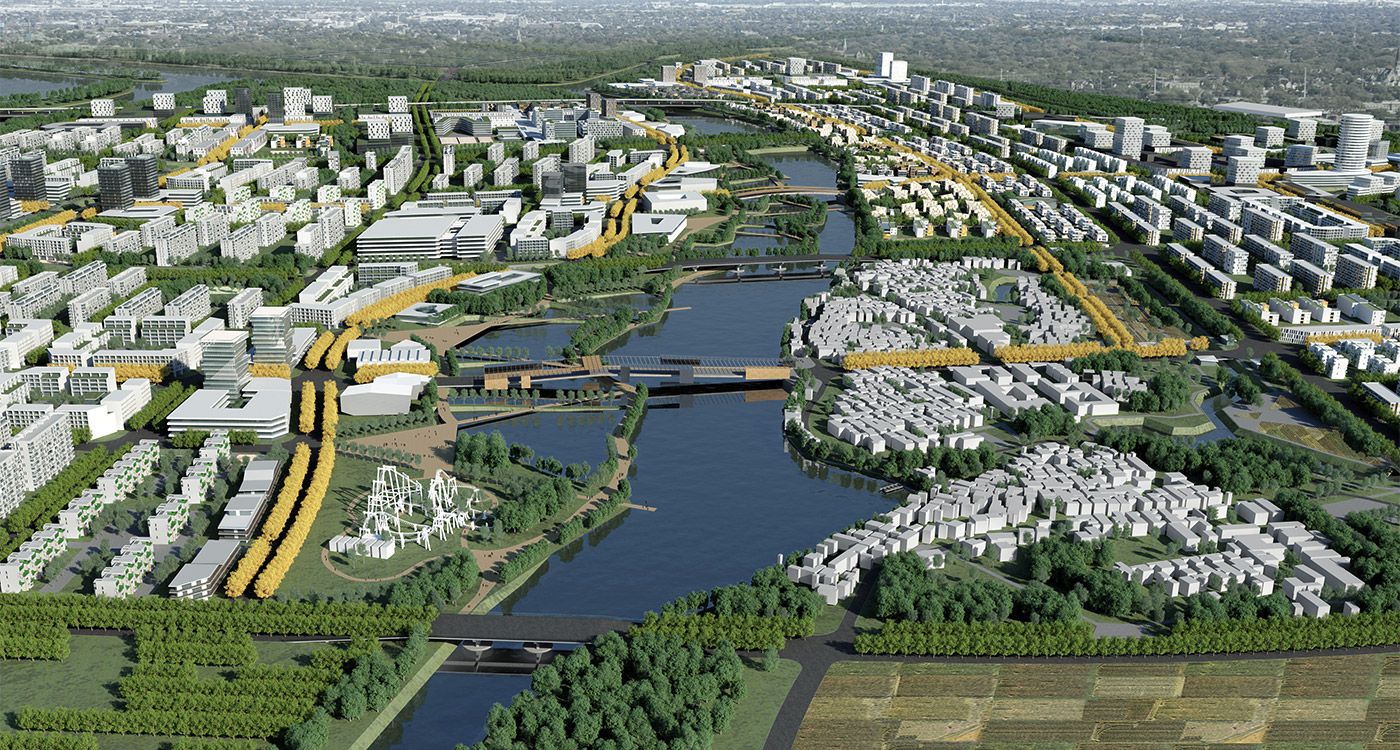



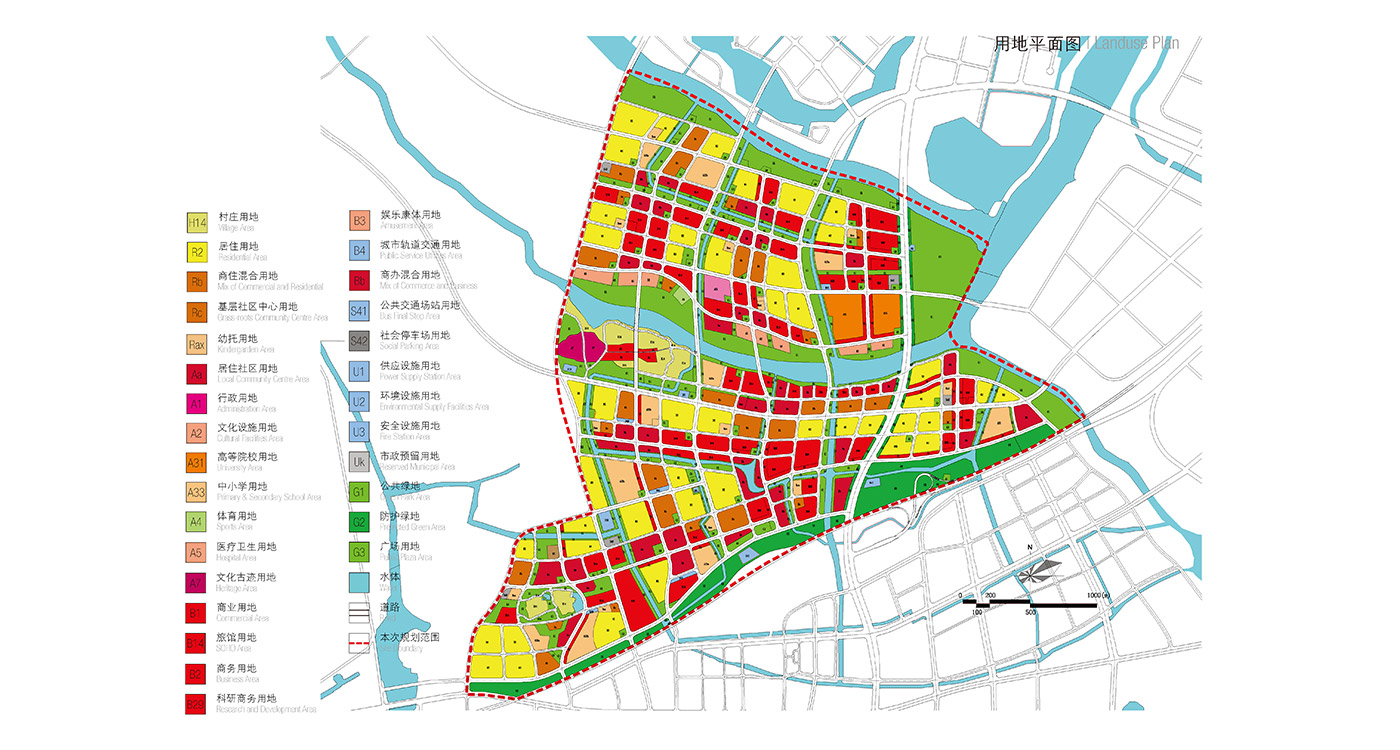




















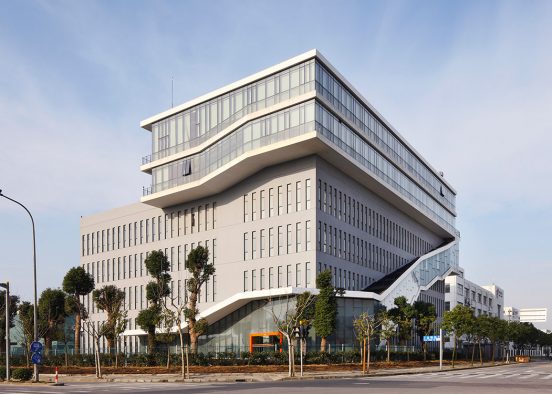

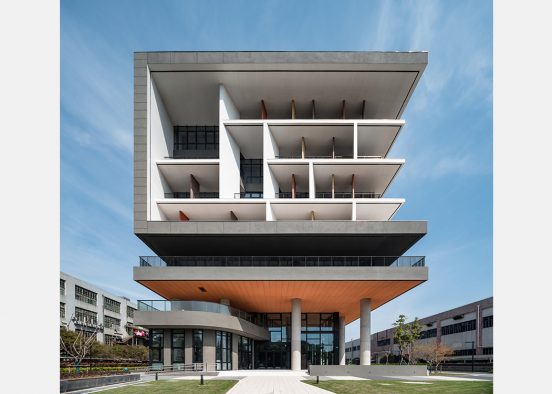



















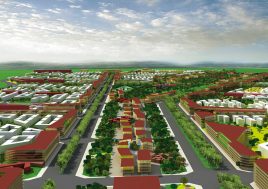
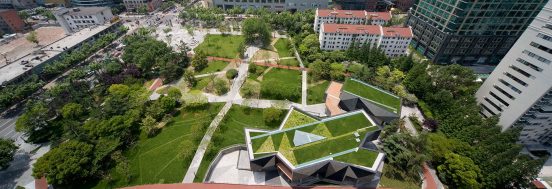




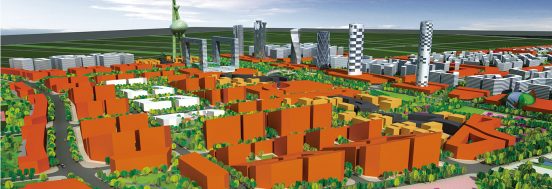







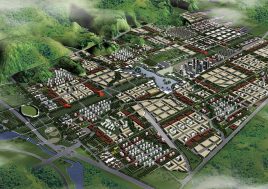


























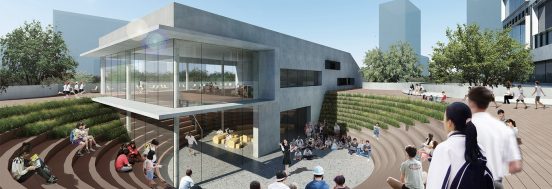














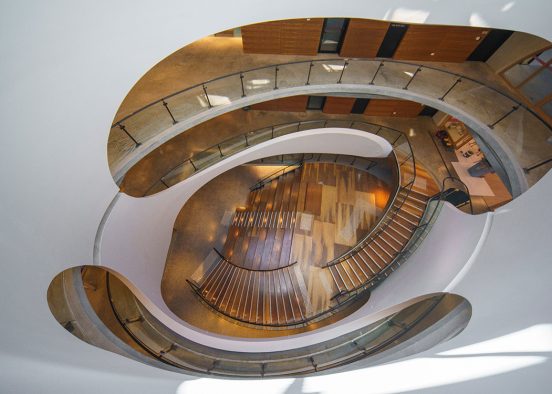










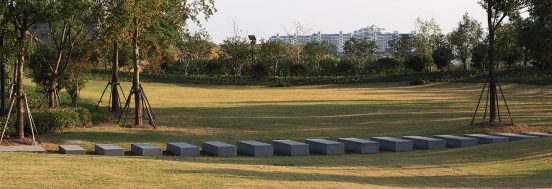
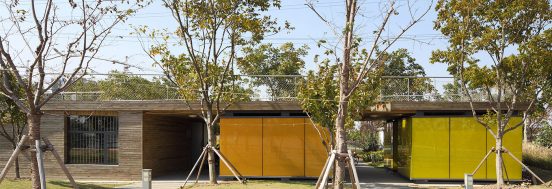


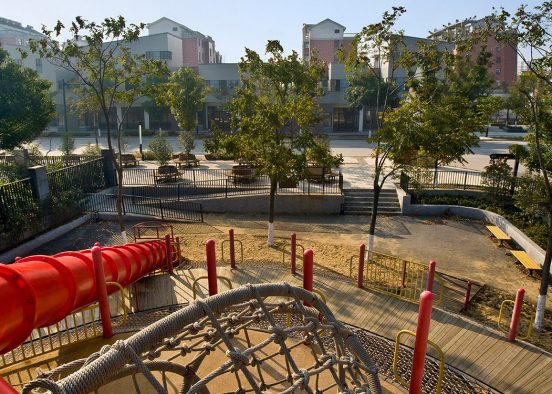












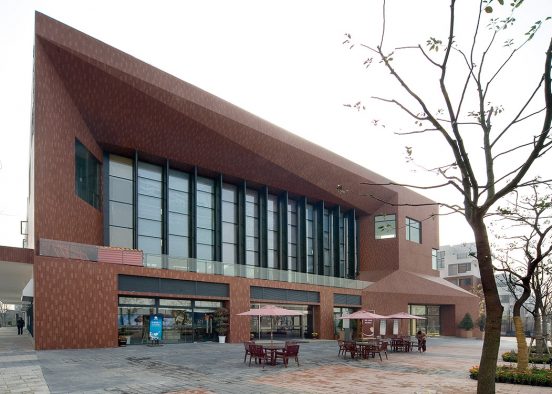
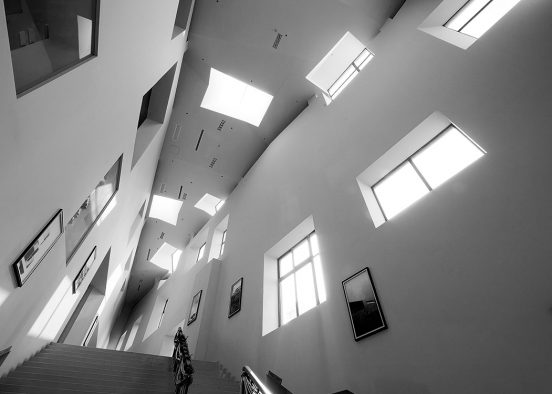
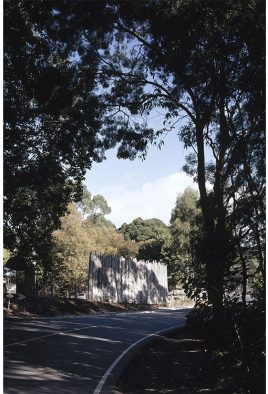
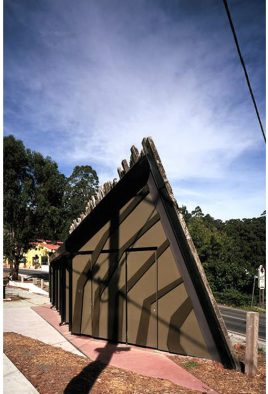









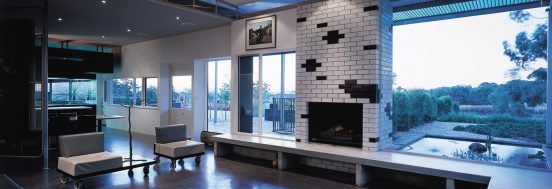







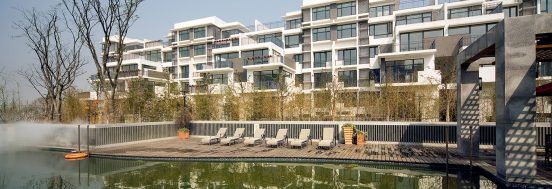






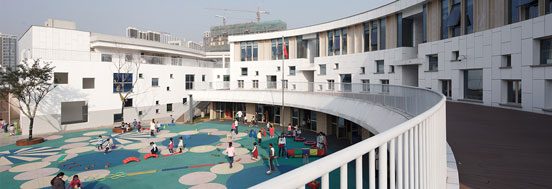
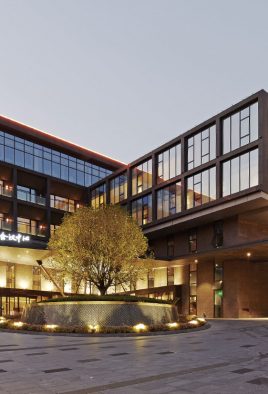



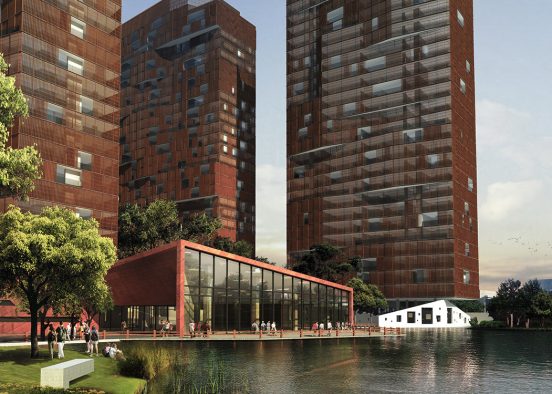





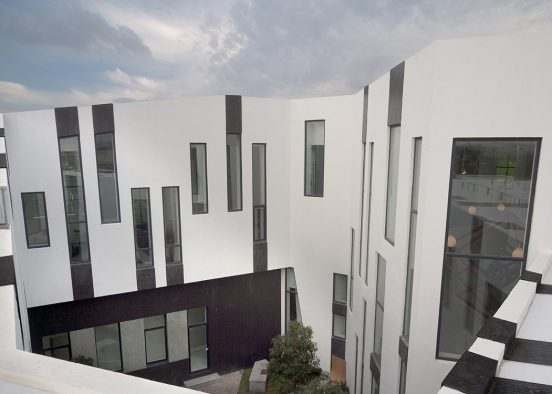








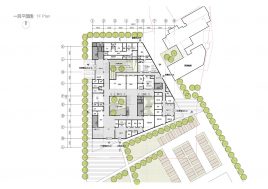


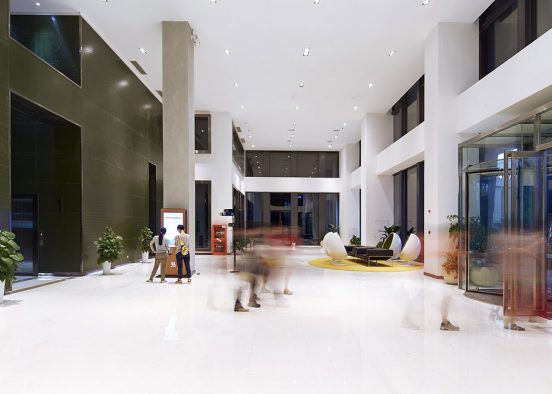







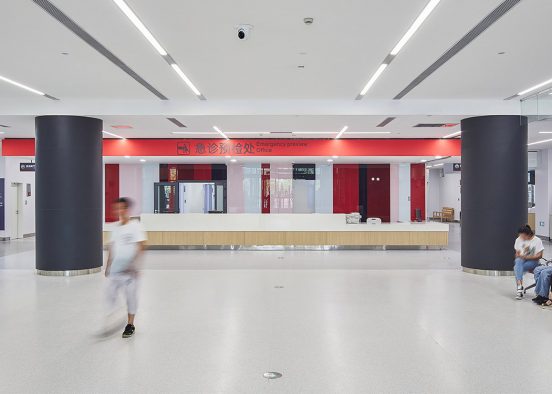



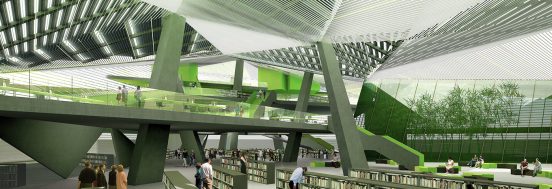



























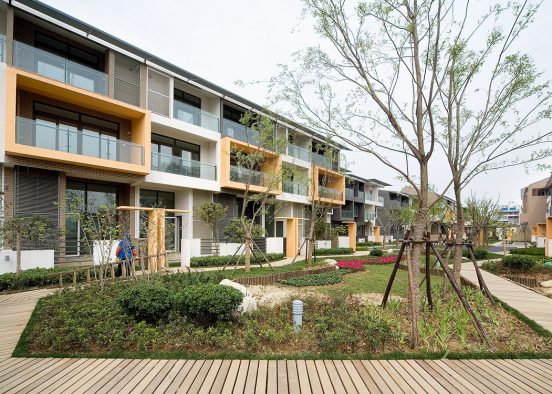
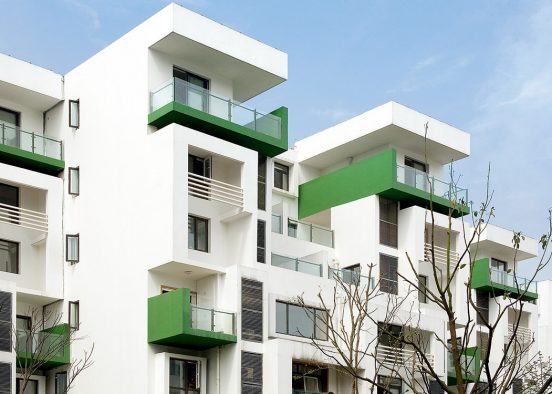









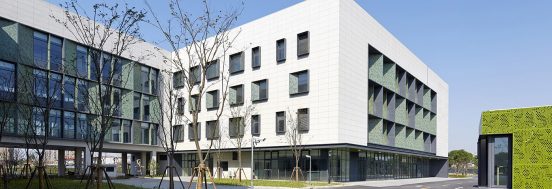






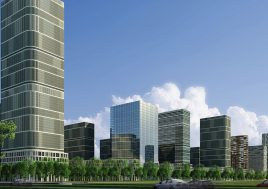



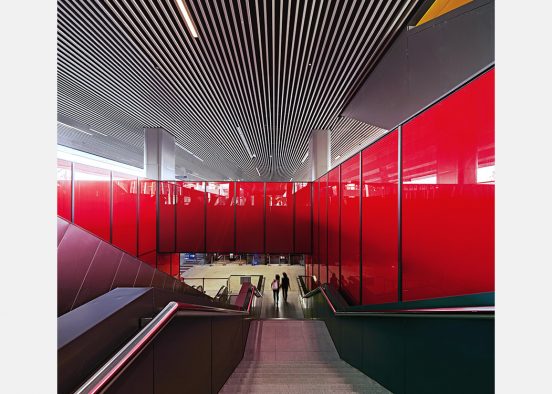


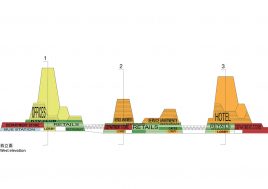







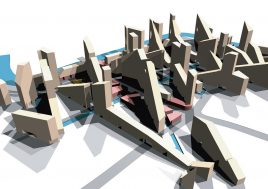












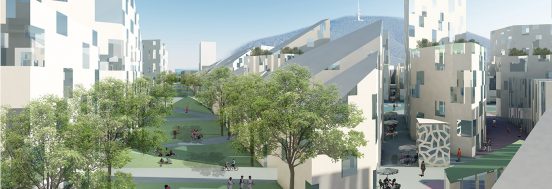






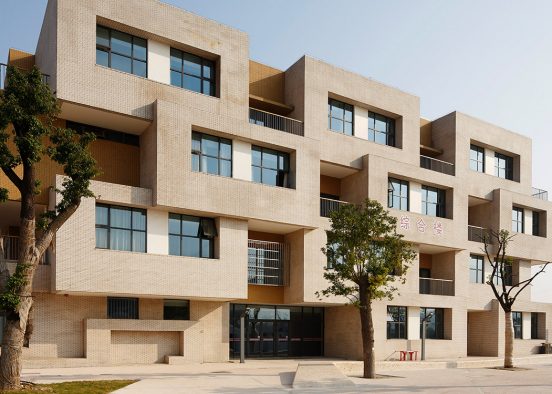








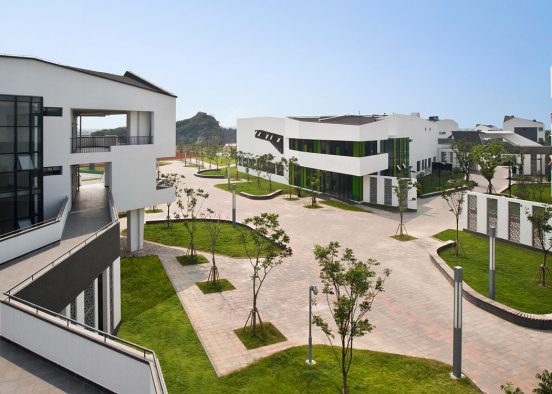




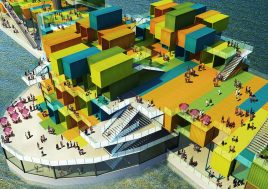














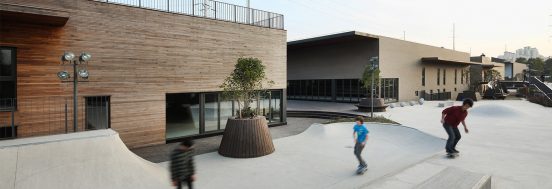




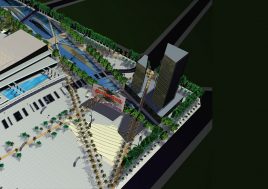

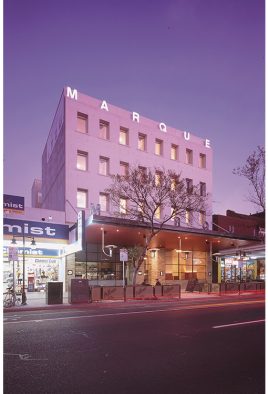













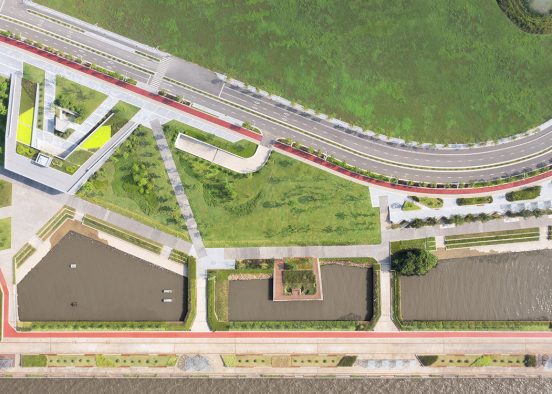





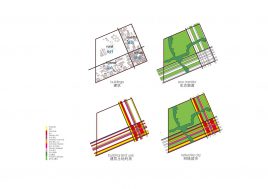






























 Back to projects
Back to projects
